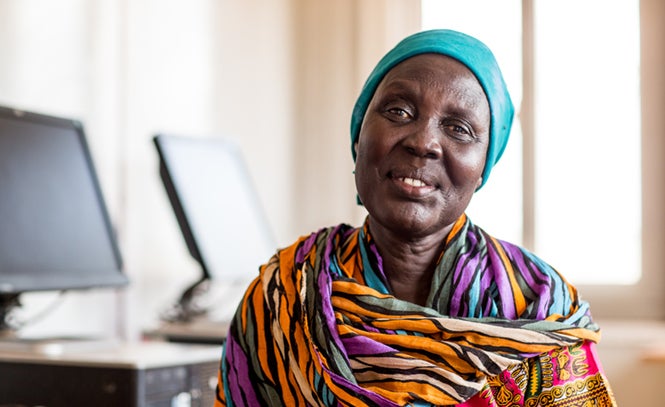
Following milestones such as the World Humanitarian Summit, the momentum is strong for humanitarian and development communities to work together in complementary ways—not in sequence—to bridge the humanitarian-development divide. Development institutions are engaging much earlier than in the past, emphasizing the need to focus more on prevention and building resilience where they can play an active role.
Thanks to Information and Communication Technologies (ICT), we now have new ways of bridging the divide and integrating these two efforts. First, ICT platforms can bring development partners together to analyze, design, and track progress in a more unified and efficient way. They also offer an integrated system where multiple communication channels can operate at the same time. As a result, the notion of “continuous” development, whereby development experts pick up the work where humanitarian agencies left off, is progressively giving way to “contiguous” development, which offers humanitarian and development teams a chance to work more closely together.
The new model brings many benefits: it allows aid agencies and development institutions to harmonize their efforts, helps affected communities recover faster, and ensures timely access to fundamental services such as quality education, health, and safety.
For example, education during crisis begins with life-saving messages, communication systems family reunification along with peace building attempts, to reduce gender and child exploitation. This builds resilience and social cohesion across communities, and is fundamental to sustained recovery.
Likewise, the installation of a reliable internet connection was a game changer for everyone living and working in Kenya’s Dadaab refugee camp—including some 23 NGOs, several technology companies, aid organizations, and, of course, the residents themselves. Efforts to expand digital connectivity, combined with training on how to use email and web services, allowed all stakeholders to communicate and coordinate their work much more effectively than before. The operational costs were also cut to less than a third. The savings were then reinjected into the recovery effort itself.
In the spirit of contiguous development, digital learning tools also helped Dadaab refugees acquire the education and entrepreneurial skills they need to prepare for life outside the camp. Local and international universities joined forces with Borderless Higher education for Refugees (BHER) to provide Dadaab refugees and locals with primary, secondary, and post-secondary courses—many of which are delivered online. With these courses, young refugees can qualify for subsequent academic degrees even after they return home. Vocational courses also allow post-secondary students to train for specific jobs like teachers, interpreters, and translators. When forced displacement causes so many people to put their education and their lives on hold, these initiatives are a prime example of how digital platforms can limit generational loss and give refugees the hope of a better future.
The concept of contiguous collaboration between development and humanitarian streams has also brought in gender earlier into humanitarian efforts. It is known that women and men experience and respond to disaster in different ways. Building on this idea, digital platforms are starting to develop gender-sensitive solutions to help women cope and bounce back better, with increased self-confidence and skills.
My sense is that this is only the beginning. The concept of harmonizing developmental and humanitarian endeavors across multiple sectors is quickly gaining traction. Meanwhile, access to digital technology continues to expand: mobile internet penetration is expected to reach at least 71% worldwide by 2019, while smartphone sales in developing countries now outnumber non-smartphones by a staggering 50%. Given the pace of digital innovation and the developing world’s eagerness to embrace ICT solutions, I think it is pretty safe to assume that contiguous development will keep creating new and exciting opportunities to improve the way we support vulnerable communities around the world.


Join the Conversation